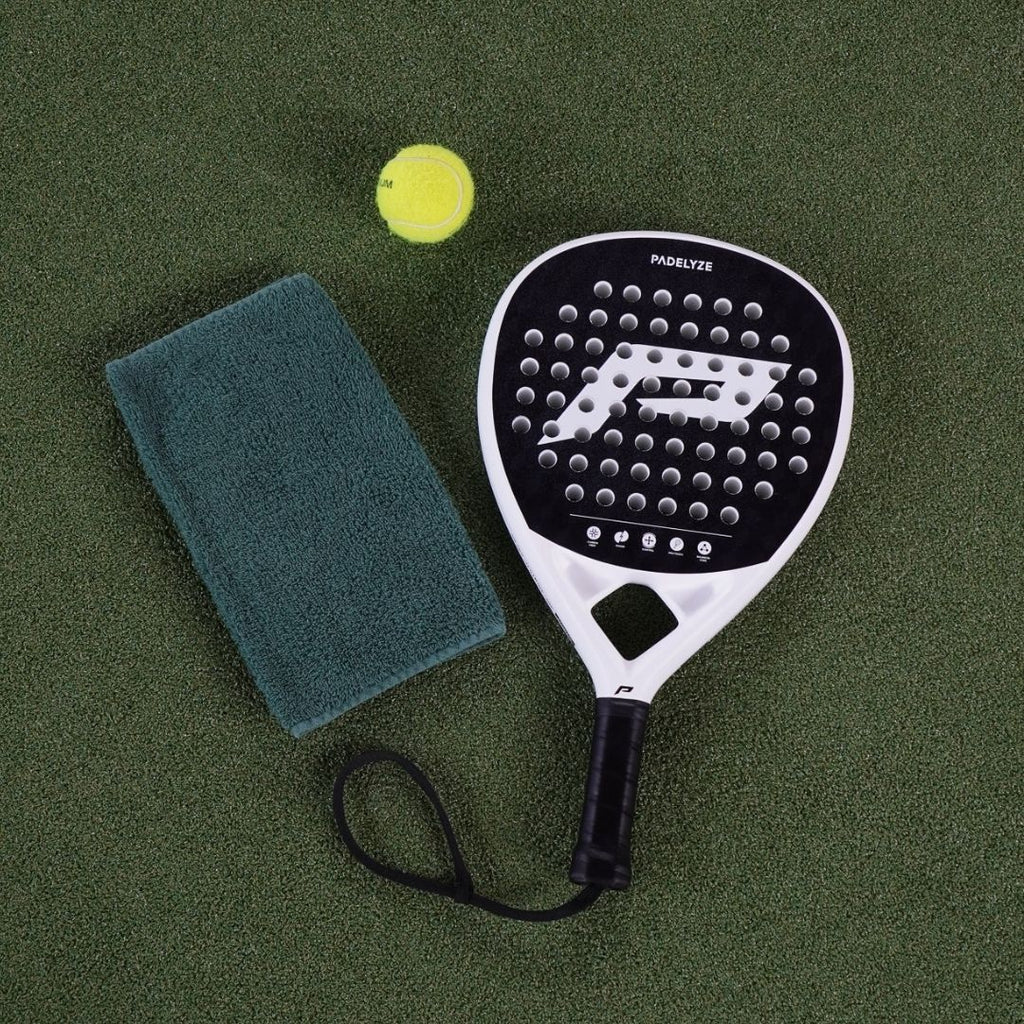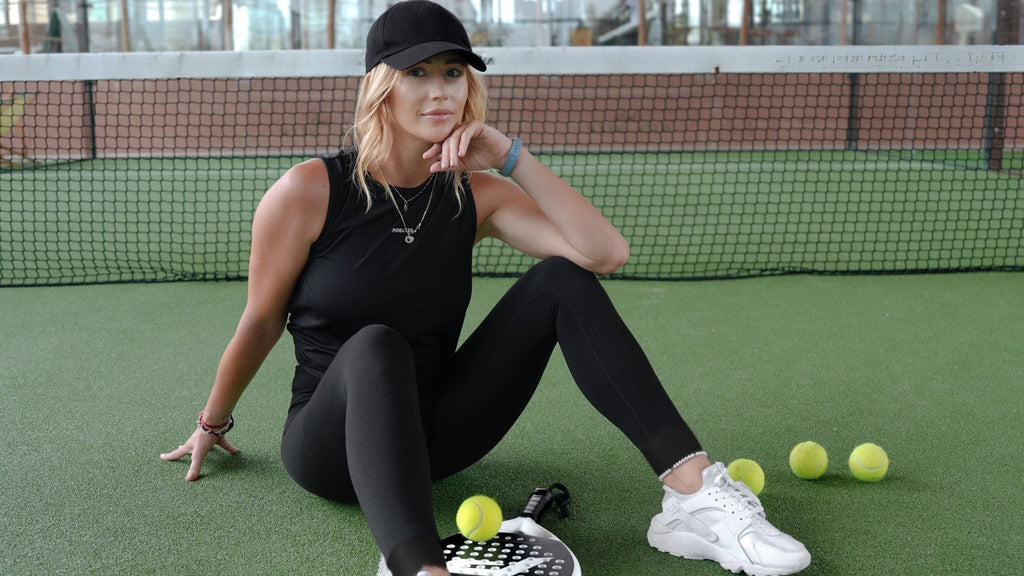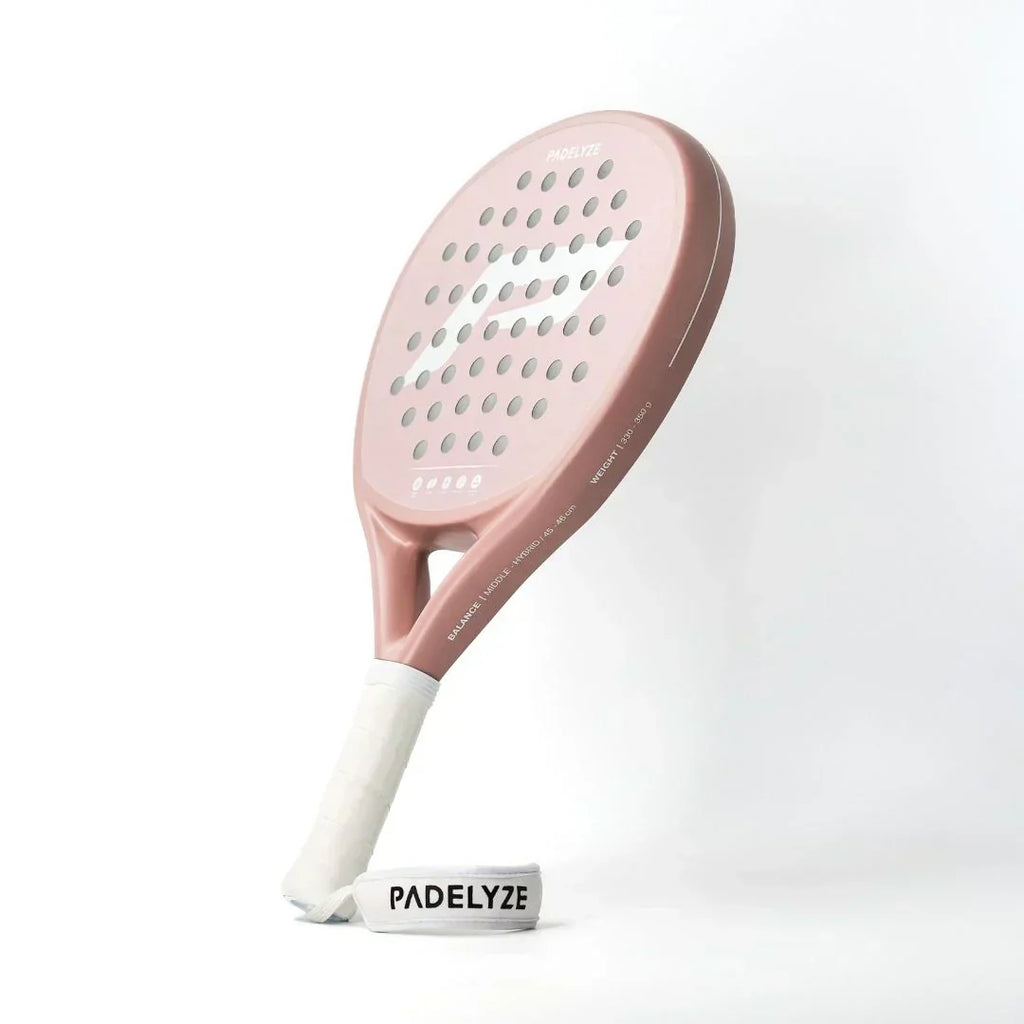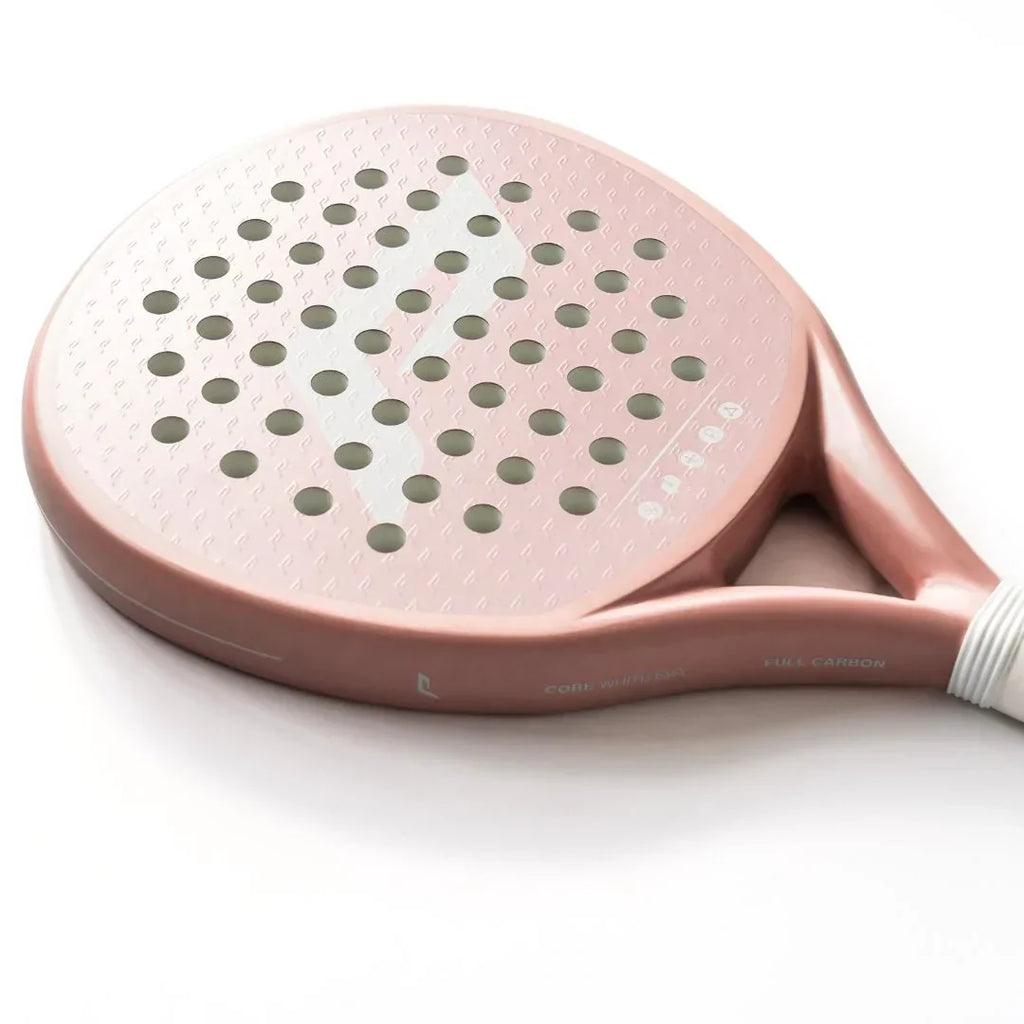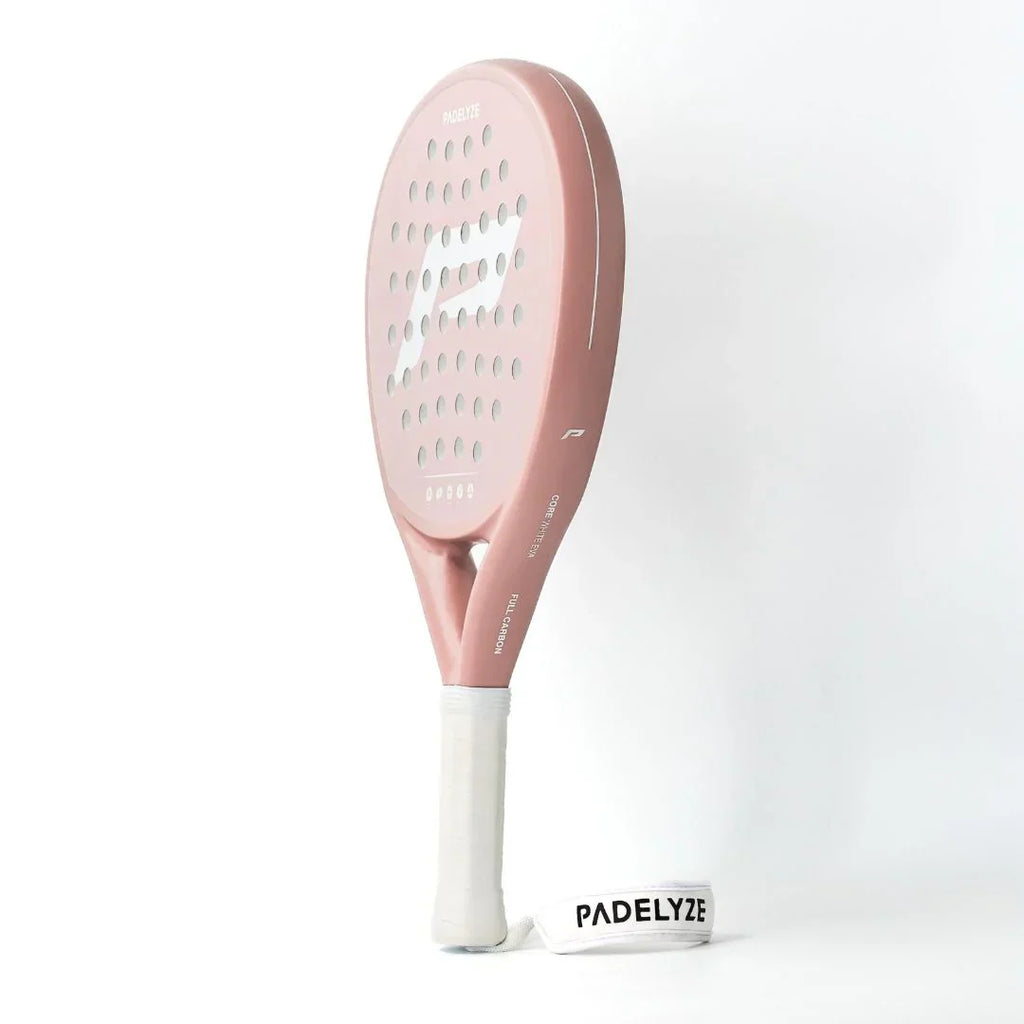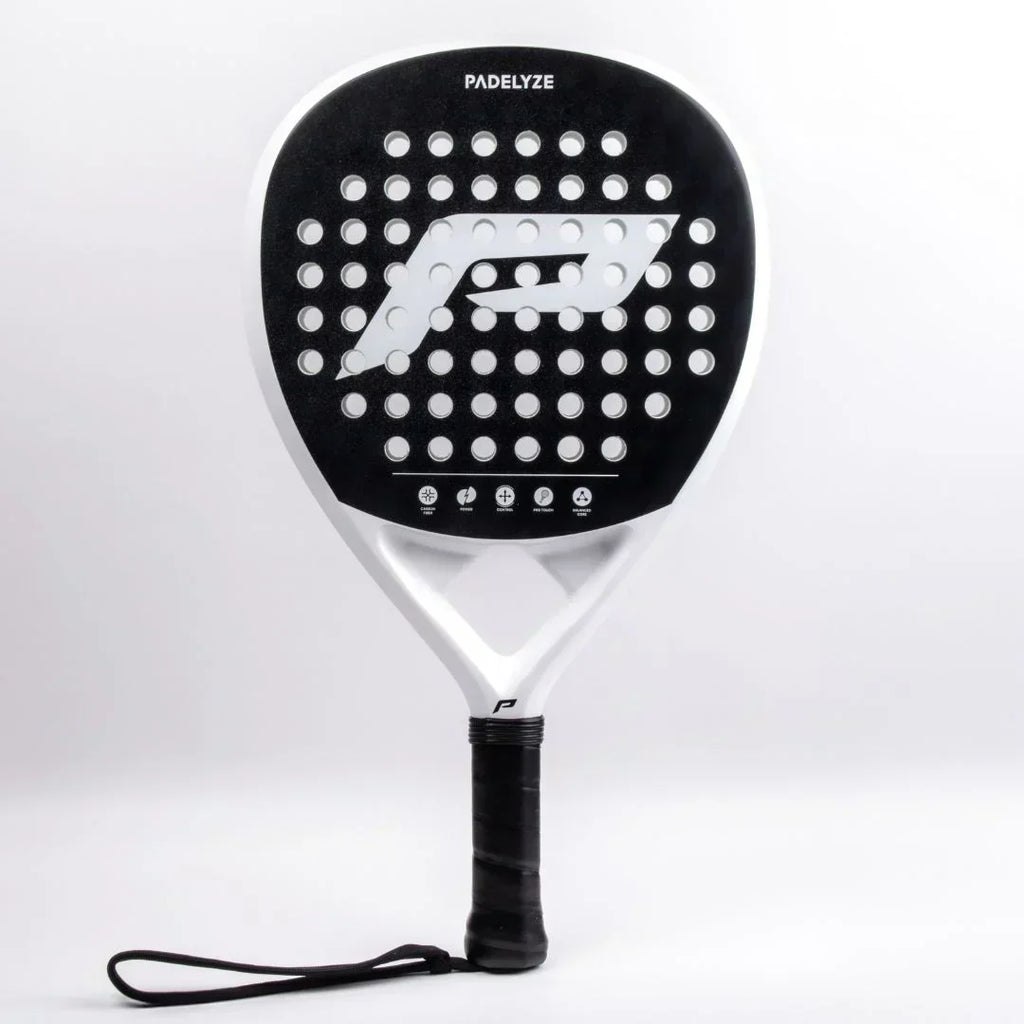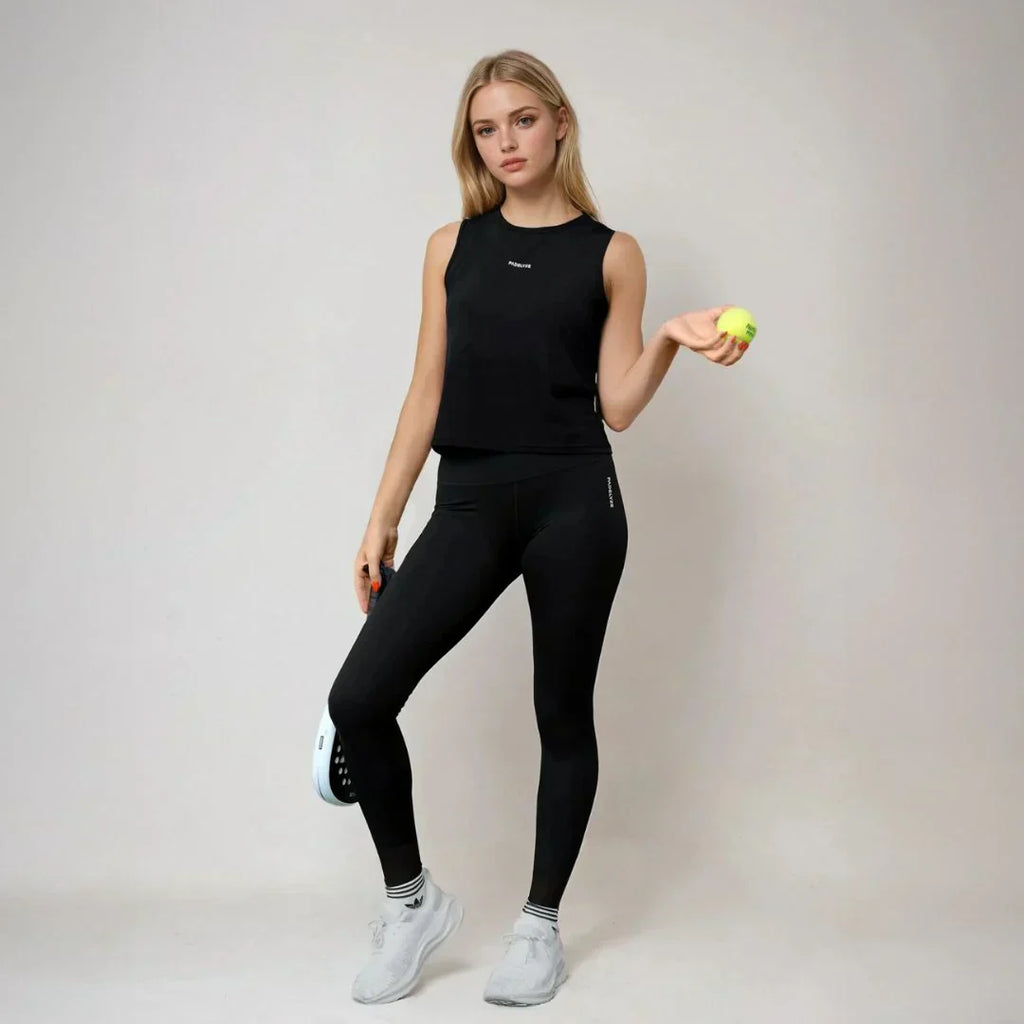Wrist Pain or Tennis Elbow from Padel? Your Racket Might Be Too Heavy

What is Padel Wrist Pain and Tennis Elbow?
How Does the Racket’s Weight Affect Wrist Pain and Tennis Elbow?
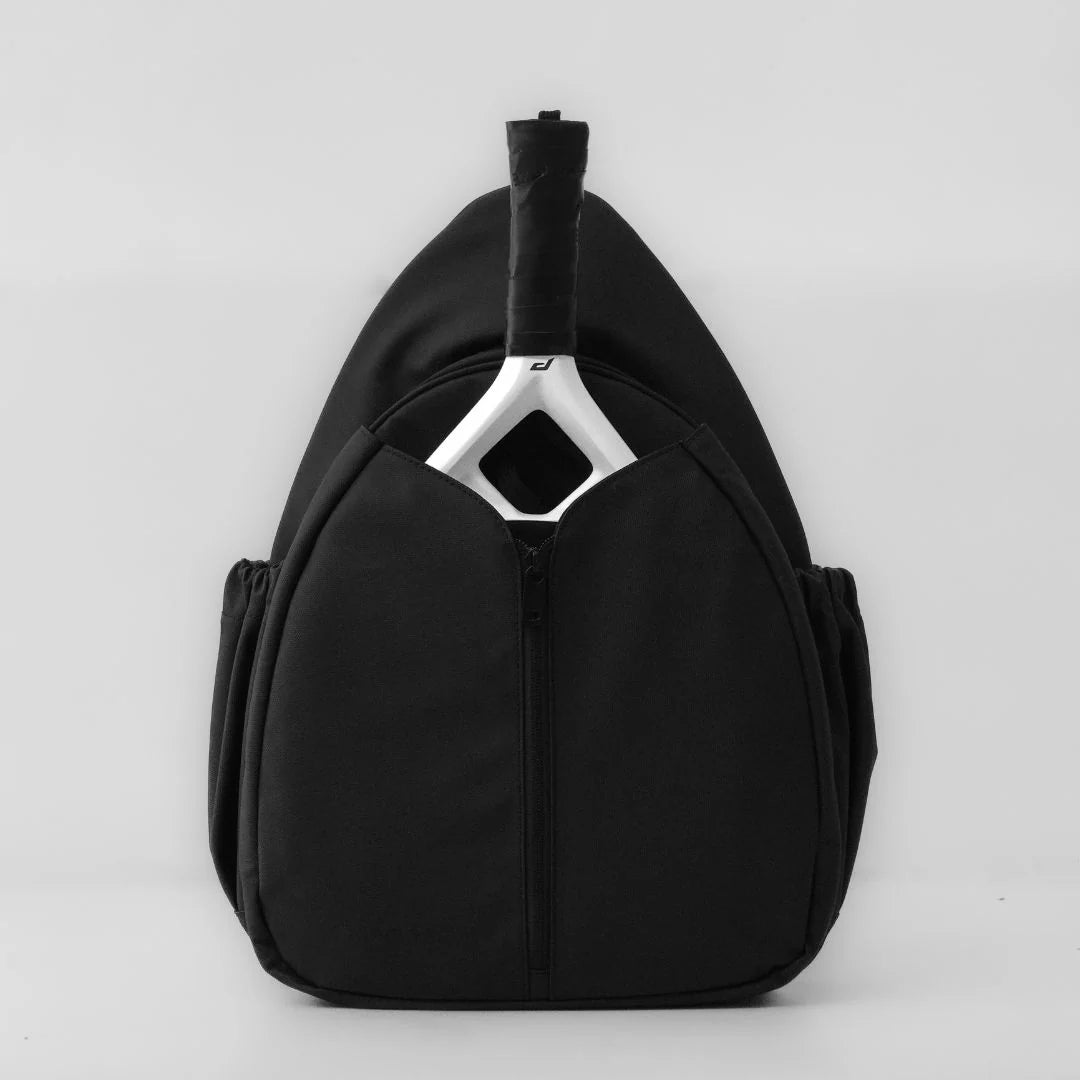
Excessive Racket Weight and the Impact on Your Wrist
Heavy Rackets and Tennis Elbow Pain
Other Contributing Factors to Wrist and Elbow Pain
How to Choose the Right Racket to Prevent Pain
Additional Tips to Prevent Wrist Pain and Tennis Elbow in Padel
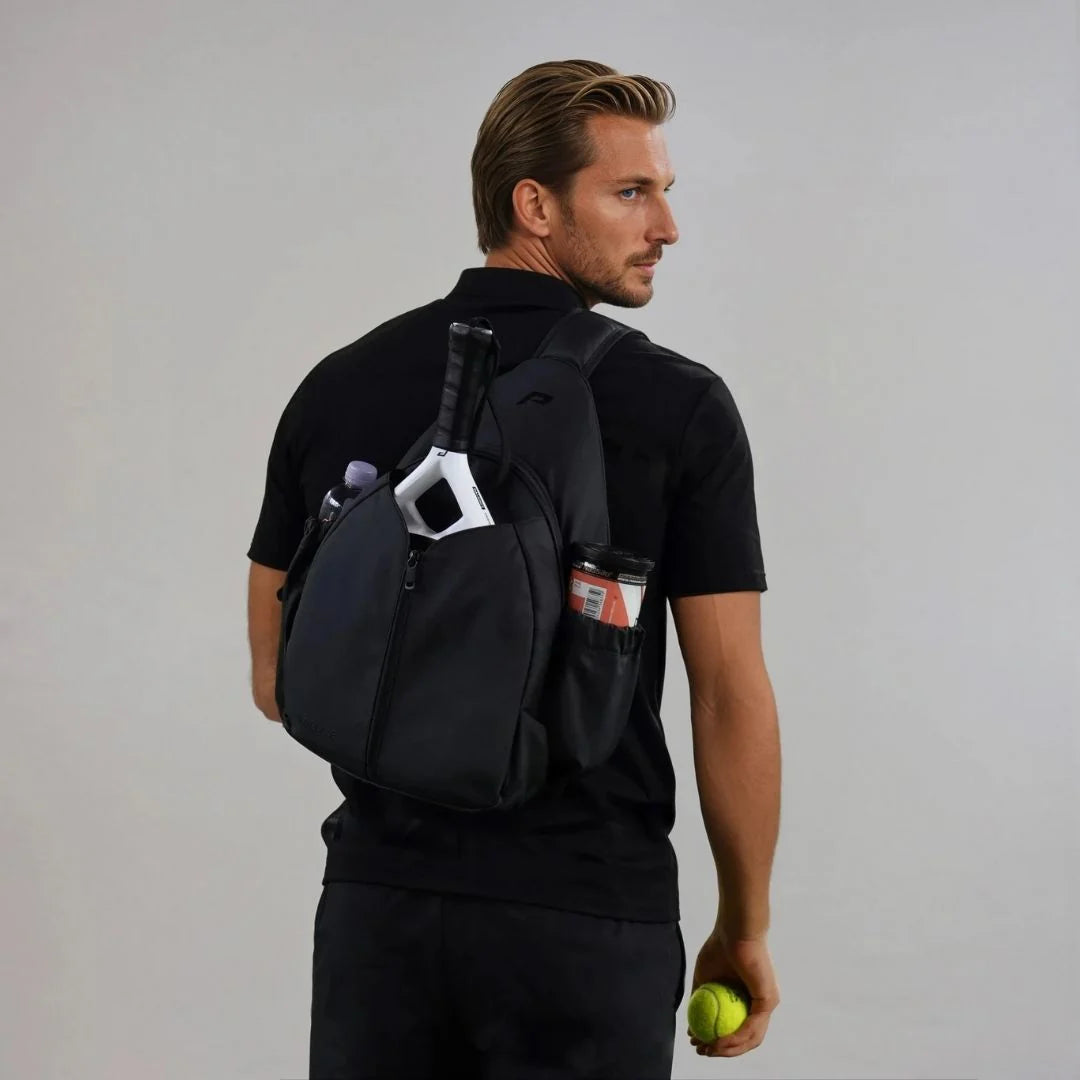
Conclusion: Find the Right Balance with PADELYZE Rackets
FAQs
Contents
You may also like
In deze gids vind je praktische tips voor beginners in padel, zodat je sterke basisvaardigheden ontwikkelt, je beter bewust wordt van de baan en slimmer speelt (niet harder).
Ontdek hoeveel calorieën je verbrandt met padel, wat de verbranding beïnvloedt en hoe padel zich verhoudt tot andere sporten. Krijg fitnessinzichten met
Als het gaat om het kiezen van het juiste racket, is het debat over de materialen van carbon- en glasvezelpadelrackets een hot topic.
Als je je spel serieus wilt verbeteren, is investeren in de juiste uitrusting cruciaal. Een van de meest besproken ontwikkelingen van de afgelopen jaren is het carbon padelracket.
Padel is een snelle sport en het is dan ook geen verrassing dat veel spelers na verloop van tijd last krijgen van polspijn of een tenniselleboog. Hoewel dit in eerste instantie misschien een klein ongemak lijkt, kunnen deze problemen ernstiger worden als ze niet goed worden aangepakt.
Of je nu een ervaren speler bent of een beginner, de juiste kleding is essentieel voor je padelspel. In tegenstelling tot andere sporten gaat padel gepaard met snelle bewegingen, frequente draaibewegingen en plotselinge sprints.
Padel, een snelle en spannende racketsport, groeit wereldwijd snel, vooral in Europa en Latijns-Amerika. Als je nieuw bent met padel, is een van de eerste dingen die je moet begrijpen het scoresysteem van padel.
Padel voor vrouwen is snel meer geworden dan alleen een trend – het is een beweging. Of je nu op zoek bent naar een leuke manier om actief te blijven, een nieuwe sociale uitlaatklep, of jezelf gewoon wilt uitdagen met iets spannends, padel biedt de perfecte mix van fitness, plezier en community.
Begrijp de belangrijkste verschillen tussen padel- en tennisballen en zie hoe de juiste keuze je spel en prestaties op de baan kan verbeteren. Leer het vandaag nog!

